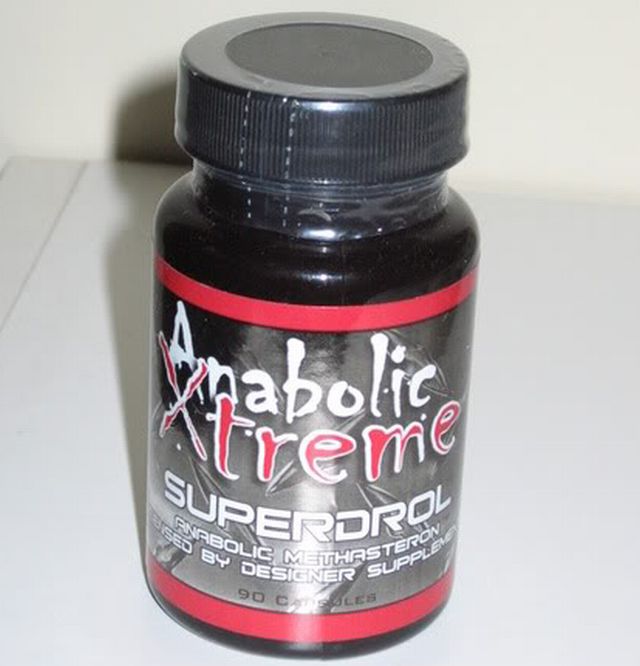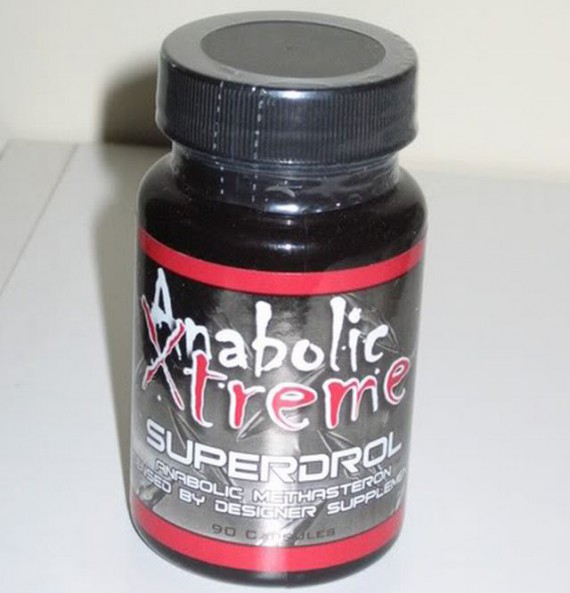
Q: “Are any of the prohormone products good additions to a steroid cycle?”
A: There’s no real reason to add any of them to a properly designed cycle using the standard pharmaceutical anabolic steroids, by which I mean the compounds developed and brought to market by pharmaceutical companies. None of them have any positive qualities that the pharmaceutical steroids lack, and most of them are worse in side effect profile.
There’s a widespread misconception, not really among experienced steroid users but among those just starting to consider use of performance enhancers, that the prohormone products are safer than “real steroids.”
But in fact all of the products with significant efficacy are 17-alkylated and are liver toxic. While an experienced steroid user will often choose to include an alkylated oral steroid in a cycle, alkylated compounds are essentially never used as 100% of the cycle. Ordinarily the base of the cycle is non-alkylated and is not liver-toxic. Example compounds for the base are testosterone, trenbolone, nandrolone (Deca), methenolone (Primobolan), drostanolone (Masteron), and/or boldenone (Equipoise).
With the prohormone cycles, however, alkylated compounds typically make up the entirety of the compounds used. So this gives a worse balance of anabolic effect to adverse effect on the liver, and this is often seen in blood test results from cycles that are not that impressive for retained gains.
One of the more effective examples of the prohormones would be Superdrol. However, a good stack of pharmaceutical anabolic steroids will outperform it while in contrast Superdrol will put more stress on the liver as measured by liver enzymes, may worsen mood, may promote gyno, and may have worse post-cycle losses.
One of the safer examples would be epistane. Though it also is alkylated, it seems no more liver toxic than for example Dianabol, and the compound has no mood or gyno problems. But it also is not greatly effective. It has no advantage over, say, very low dose Masteron, which would be as or more effective and not liver toxic at all.
Essentially, just as the pharmaceutical anabolic steroids are synthetics compounds, these too are synthetic compounds not existing in nature. But unlike the pharmaceuticals, these are compounds that didn’t “make the cut” but have now found life out of attempts to find exceptions to the law. They are not a more natural, better, or safer alternative.

About the author
Bill Roberts is an internationally-recognized expert on anabolic steroids and performance-enhancing drugs (PEDs). He received a bachelor degree in Microbiology and Cell Science and completed the educational and research requirements for a PhD in Medicinal Chemistry at a major American university.
Bill entered the nutritional supplement industry prior to completing his doctoral thesis but his education was invaluable so far as being able to design/improve nutritional supplement compounds, since it was in the field of designing drug molecules and secondarily some work in transdermal delivery.
His education was not specifically "geared" toward anabolic steroids other than expertise with pharmacological principles having broad applications. This has allowed Bill to provide unique insight into the field of anabolic pharmacology with knowledge of points which he would not have known otherwise.
Leave a Reply
You must be logged in to post a comment.